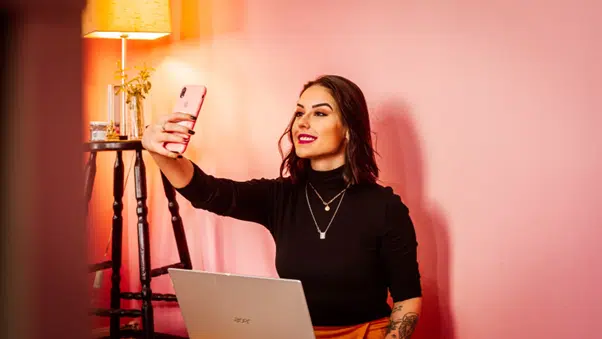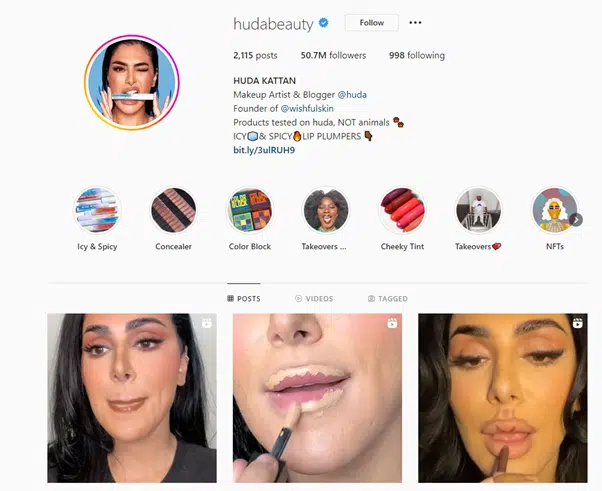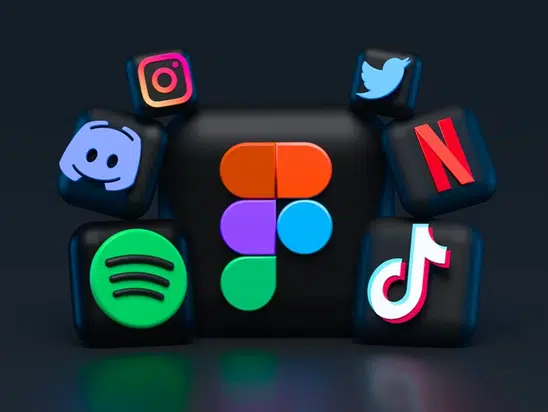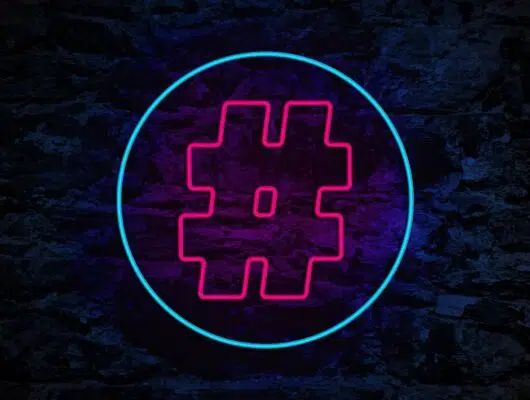As of January 2022, 3.96 billion people, about half of the world’s population, actively use at least one social media platform. This has seen social media influencer marketing rise to prominence in the business world.
People aren’t just following friends; 54% of all users follow at least one brand to make purchases online.
Social media influencers, people with large stable follower counts and good engagement rates, make a huge impact on customers’ purchase decisions.
Businesses now work with social media influencers and use social media influencer marketing strategies to attract a steady flow of new customers for their goods and services.
In this article, we will answer a number of key questions about social media influencer marketing and the social media influencer industry in general.
- What is social media influencer marketing?
- What are the different types of social media influencers?
- Do you really need a social media influencer to sell your products?
- How can you leverage social media influencer marketing to book more sales?
- Is social media marketing expensive?
- What’s the cost for different platforms?
- How can you find social media influencers for your brand? (check out one of our partner’s Grin)
The influencer marketing industry is set to grow to a whopping $16.4 Billion in 2022 — this is something you cannot miss out on.
If you want answers to all these questions and some tactics on how to bring more sales with social media influencer marketing, read on.
Without any further ado, here’s our guide on everything you need to know about social media influencer marketing.
What is a Social Media Influencer?
A social media influencer is someone people look up to for knowledge, expertise, and inspiration. They build an active social presence on their preferred platforms and regularly create content on their niche of command.
A survey reveals that there are as many as 40 million social media influencers on the internet, most of which are on Instagram, Youtube, and TikTok.
The 2020 Influencer Marketing Outlook report mentions that the top five channels for influencer marketing are:
- Instagram — is used by nearly 80% of the brands that engage in influencer marketing
- YouTube
- TikTok
Social media influencers can be categorized into the following types based on the number of followers:
Mega-Influencers
Mega-influencers have over 1 million followers on at least one social platform. They are usually celebrities who credit their number of followers to offline success. They include movie actors, world-class sportsmen, singers, or TV stars.
Macro-Influencers
The audience size of macro-influencers is slightly smaller, from 500,000 to 1,000,000 followers. They are either celebrities who haven’t made it to heights of success yet or online experts persistent enough to outperform most bloggers.
Mid-Tier Influencers
Mid-tier influencers have a follower count of between 100,000 to 500,000. They have an established audience who has a keen interest in their content. Their engagement rates are better than mega and micro-influencers.
Micro-Influencers
Micro-influencers are ordinary individuals with a following of between 10,000 to 100,000. Most belong to GenZ, who love to share their life experiences so others might relate to them online. Although they have a limited following, their relationship with their followers is strong and intimate.
Nano-Influencers
Nano influencers have under 10,000 followers and own a narrow, targeted reach. Their followers are keen and interact the most among any other type of influencers. Their voice reaches a limited number of people but has the highest impact. The engagement rate of nano-influencers is the highest, at 8.8 percent.
What is Social Media Influencer Marketing?
Social media influencer marketing involves the collaboration of a brand with an influencer to endorse and market its products online.
An influencer’s product review adds social proof to the brand’s credibility and boosts sales among the influencer’s followers.
Social media influencer marketing is often subtle as influencers share everything in their lives, from what they wear to what they eat.
Frequently, they connect with brands to publicly share a testimonial or product review while maintaining their flair in the content they produce.
Christiano Ronaldo partnering with the cryptocurrency exchange Binance is an example of how companies leverage social media influencer marketing.
Nine out of 10 businesses today use social media influencer marketing. For every 1 dollar they spend on it, businesses make an ROI of $5.78.
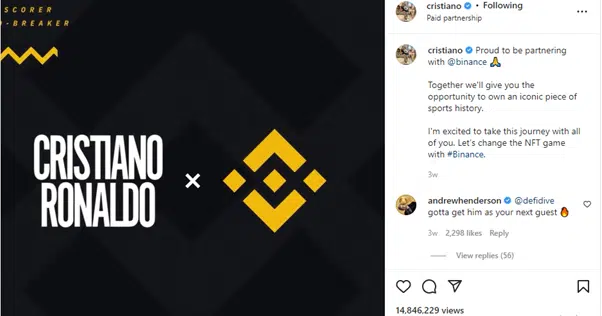
How To Effectively Use Social Media Influencer Marketing?
Like any other marketing tactic, influencer marketing requires dedicated planning and execution.
Effective social media influencer marketing involves determining your goals, understanding your target audience, pitching to the right influencer, and improvising whenever needed.
Determine Your Social Media Influencer Marketing Goals
Before working with an influencer, it is important to determine what you expect from the campaign.
A social media influencer marketing campaign can help you promote brand awareness, target a new market for sales, and generate leads.
You will also learn about different influencers and identify the ones suited for your brand.
A general rule of thumb is to avoid reaching out to mega influencers if you are an establishing company. They can charge as much as $1 million per post and have low engagement rates.
Next, conduct a competitor analysis and understand the kind of influencers your competitors are working with.
Reach Out to Social Media Influencers
Find influencers on top social media sites via hashtag search or influencer marketing platform. Compile a list of influencers related to your industry, and compare their promotional content.
Whoever seems a good fit, hit them up via their business email or DM. Communicate your goals and expectations from the influencer for your campaign.
Set a Social Media Influencer Content Strategy
Communicate with the influencer and create an engagement-focused content map for your campaign. Allow the creator to maintain their voice while promoting your brand and not sound too salesy.
Ensure that your brand’s passion and values reach the followers of the influencer you partner with. Decide the number of posts, stories, tweets, or videos the influencer will create for you.
Review & Improve Your Influencer Strategy
The most important aspect of an effective influencer marketing strategy is to track key performance indicators. A high number of likes and comments may be misleading for brands. Determine the ROI of the campaign to understand how effective it has been.
Give influencers an affiliate link or a discount code to distinguish regular sales from influencer marketing-driven sales. Ask for detailed reports of reach and engagement of promotional posts from the influencers, and compare them with your goals.
If the results are unsatisfactory, improvise the campaign by exploring a different influencer or improving your content.
What Does it Cost to Use a Social Media Influencer?
The rates influencers charge vary with different platforms. The breakdown of approximate costs influencers may charge for the top 5 social media is explained .
Instagram Influencers Costs
Instagram influencers can charge between $10 per post (nano-influencers) to $10,000+ per post (mega-influencers).
On average, the post rates of different types of influencers are as follows:
- Mega-influencers: $10,000+
- Macro-influencers: $5,000-$10,000
- Mid-tier influencers: $500-$5,000
- Micro-influencers: $100-$500
- Nano-influencers: $10-$100
YouTube Influencer Costs
Swedish YouTuber, PewDiePie, was among the first social media influencers to introduce influencer marketing. Youtubers charge between $20 to $20,000 per video. The price variation depends upon the reach of the influencer.
The average costs of YouTubers per video are:
- Mega-influencers: $20,000+
- Macro-influencers: $10,000-$20,000
- Mid-tier influencers: $1,000-$10,000
- Micro-influencers: $200-$1,000
- Nano-influencers: $20-$200
TikTok Influencer Costs
Tiktok is relatively new to the influencer marketing game. The platform is meant for short-form video content; hence rates of TikTok influencers are less than YouTube influencers.
The estimated costs of TikTokers per TikTok video are as follows:
- Mega-influencers: $2,500+
- Macro-influencers: $1,250-$2,500
- Mid-tier influencers: $125-$1,250
- Micro-influencers: $25-$125
- Nano-influencers: $5-$25
Twitter Influencer Costs
Twitter influencers create short tweets, often multiple a day. They can charge between $2-$2,000 per tweet. Here are the approximate tweet costs of different Twitter influencers.
- Mega-influencers: $2,000+
- Macro-influencers: $1,000-$2,000
- Mid-tier influencers: $100-$1,000
- Micro-influencers: $20-$100
- Nano-influencers: $2-$20
Facebook Influencer Costs
Influencers on Facebook run public pages and Facebook groups, public or private, where they focus on creating a community. Facebook remains the most popular social media platform, and influencers take advantage of its reach when charging for promotional content.
The rates of different types of Facebook influencers per post are:
- Mega-influencers: $25,000+
- Macro-influencers: $12,5000-$25,000
- Mid-tier influencers: $1,250-$12,500
- Micro-influencers: $250-$1,250
- Nano-influencers: $25-$250
How Can You Find Social Media Influencers?
Finding the right influencer for your marketing campaign can be a daunting task. There are way too many influencers, and it’s hard to decide where to go.
Here are some ways you can search for influencers for your business.
Hashtags
Once you know the trending hashtags related to your industry, manually search for hashtags on popular social media. Notice the influencers using those tags in their posts, and analyze their content. If they seem to be a good fit, contact them via direct messages.
For example, Moussa Marega, a mid-tier Twitter influencer with 269.8K followers, pops up with a simple #fitness search.
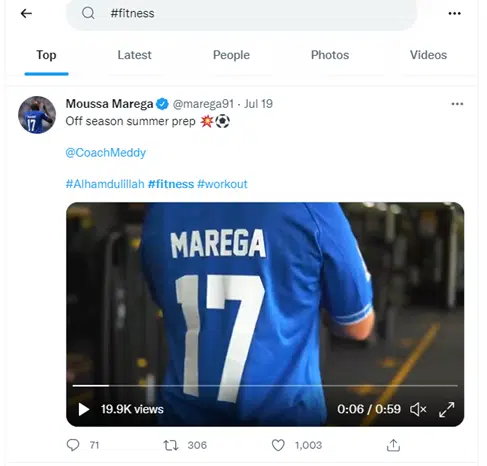
Or a quick #fashion search leads us to Alistair Green, another Twitter mid-tier influencer with 138K followers.

You can use the following types of hashtags in your influencer search.
- Industry-related hashtags: to target influencers that create niche-specific content, e.g., #fitness or #workout for sports bloggers
- location hashtags: for hunting influencers that reside where your target audience lives, e.g., #ukraine, #usa, #newyork
- Holiday hashtags: for campaigns that revolve around a specific celebration or holiday, e.g., #mothersday, #halloween, #easter
Influencer Marketing Platforms
A better idea to find social media influencers online is to involve an influencer marketing platform. They have search options that help you find influencers within every possible niche across multiple social media.
Grin for example, is an influencer marketing platform that allows you to discover influencers using a 33m+ influencer recruitment suite. The filtering options allow you to find the influencers that align with the needs of your marketing campaign with their credibility scores.
Besides finding influencers, you can streamline workflows, build communication with influencers, create affiliate links, and manage payments.
Start Your Influencer Marketing Campaign Today!
According to The State of Influencer Marketing Benchmark Report 2022, more than 75% of brand marketers plan to set aside a budget for social media influencer marketing in 2022 — what are you waiting for?
A strong influencer marketing strategy is one of the most effective tactics to tap into new audiences and attract quality customers quickly.
Now that you’ve learned everything there is to know about influencer marketing, launch your first campaign with Grin today and skyrocket your sales.
If you need help with any other aspect of creating or managing your social media management the team at Chatter Digital is here to help.


